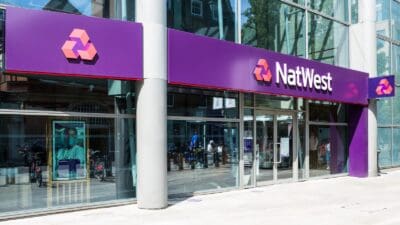In a battle of the dividend payers Fevertree Drinks (LSE: FEVR) would, at first glance, come a very distant second to Royal Dutch Shell (LSE: RDSB), one of the biggest yielders on the FTSE 100.
AIM-listed Fevertree yields just 0.6% for the current year whilst Shell’s corresponding reading sits at a whopping 6.5%. Yet given the choice I would much rather plough my investment cash into the drinks giant than the oil producer. But why so?
Turning green
It’s easy to be dominated by these headline figures when choosing to maximise income flows from your stocks portfolio. Those that find themselves seduced by yield can often find themselves in line for a pasting. Big near-term rewards are terrific, but will X Plc or Y Inc still be paying big yields in, say, a decade’s time?
I’m pretty worried about Shell’s ability to keep paying big dividends, if I’m honest. The world is moving closer towards greener energy sources at the expense of coal, oil and gas, a problem that has naturally long cast a shadow over the world’s oil majors.
Shell, for example, has just a modest footprint in the arena of alternative fuel methods. In an interview with The Guardian last month, Integrated Gas & New Energies director Maarten Wetselaar announced plans to double green energy investment to $4bn, but this is still a drop in the ocean compared with the multi-billion-dollar war chest the business has earmarked for its hydrocarbon operations.
Oil prices in danger?
But of course, Shell’s troubles don’t just come from the growing role of renewables in powering the global population. Signs of excessive pumping across The Americas in particular are fanning fears of huge oil oversupply now and in the medium-to-long term, putting crude price forecasts under the cosh and with them the profits outlooks for the drillers.
The crude price surge through $60 per barrel is looking a bit frothy, then, and is in danger of a sharp correction against this backcloth. Goldman Sachs for one has been cutting its oil price targets for 2019 amid concerns of surging US shale production and the effect of the US-China trade war in slowing these countries’ economies further.
I see the chances of Shell’s expected 8% profits rise this year falling short of target, and this puts the company’s near-7%-yielding dividend in danger too, given that it’s covered just 1.5 times by predicted earnings, and the company’s stretched balance sheet doesn’t leave much room for flexibility.
Mix it up
Things look much healthier at Fevertree. The anticipated dividend is covered 3.8 times by anticipated earnings, almost double the accepted benchmark of 2 times.
And judging by its great earnings outlook — another 15% profits rise is expected in 2019 — the London business remains in terrific shape to keep growing its dividends at a spectacular rate. Soaring demand for its drinks mixers helped sales boom 39% in 2018, Fevertree said last week.
Sure, it might be expensive on paper because of its forward P/E ratio of 44.9 times. But I consider it to be a much better growth and income bet for long-term investors than Shell and worthy of such a premium.







